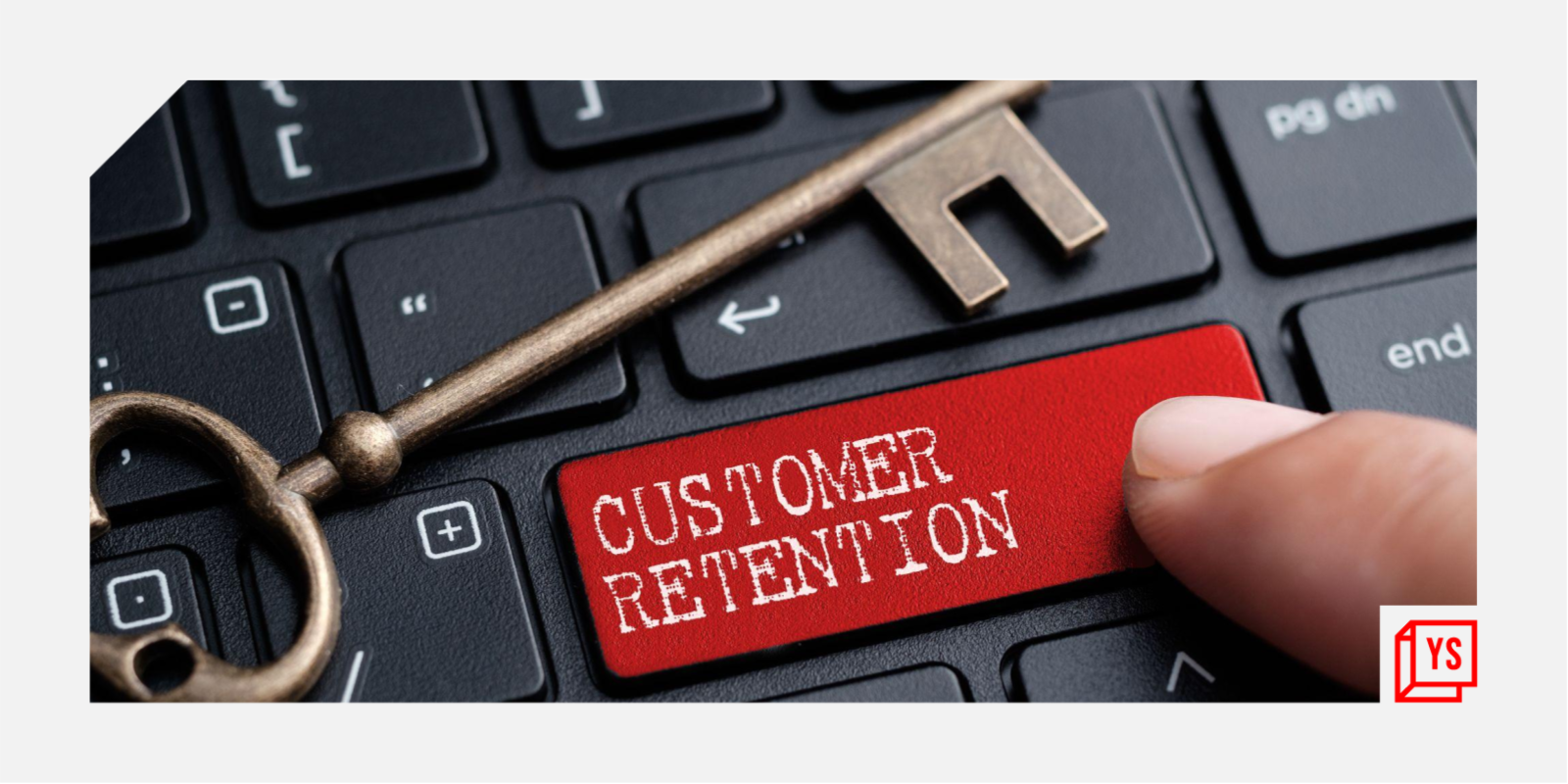Catch them? Yes! But retain them? Why companies are hounding customers
Staying top-of-mind and driving conversion and repeats is critical for all brands. According to an HBR report, repeat customers spend 33 percent more than existing ones and a 5 percent increase in customer retention can lead to at least 25 percent increase in profits.
Natasha Kumar

Thursday February 24, 2022 , 5 min Read
Last Sunday, I was at our neighbourhood grocery store Lucky-basket and was browsing through the aisles. Just as I had put some items in the cart, I received an urgent call and left in a hurry, without completing my purchase.
Imagine my horror when I saw a guy in Lucky-basket store’s uniform follow me through the week with my half-filled basket! He even showed up at my office, and then followed me as I went for a dentist’s visit and even to a spa!!
Then, the other day, I happened to order a meal from food platform Tomato after a long time. These days, before each mealtime, our doorbell rings and lo behold there is a Tomato guy with some lame excuse to ask me if i would like to order on Tomato again? Seriously??
Sounds weird, right! Who does that?
However, it stuck me that we endure this from our loved brands on the digital platform all the time.
In the quest to stay top-of-mind and win back customers, companies are literally hounding customers. Indeed, staying top-of-mind and driving conversion and repeats is critical for all brands.
As per an HBR report published in Forbes, repeat customers spend 33 percent more than existing ones and a 5 percent increase in customer retention can lead to at least 25 percent increase in profits.
The Giant Leaky Bucket
Our work at Elevate Insights across various sectors such as foodtech, edtech, and fintech shows that the Indian tech ecosystem has a giant leaky bucket problem. Most well-advertised (read well-funded) technology brands have large customer bases running into millions.
Having “acquired” customers the first time, customer retention and frequency rates are poor, and growth is largely bought by constantly acquiring new customers.
Even as digital adoption has improved post-COVID and cost of acquisition itself has come down, “retention” still remains the number 1 issue to improve profitability for most!

Solving the ‘retention’ conundrum
However, effective actions require us to diagnose the issues behind retention better. We recommend the following steps to diagnose and guide customer retention efforts:
1. Diagnosing purchase journey
Most companies regularly monitor their funnel metrics to identify friction points and improve the ease of transacting on their platforms. An inside-out metric analysis can detect some obvious drop-off points like registration details, payment options.
However, an outside-in analysis of customers’ purchase journey and decision-making process is required to identify opportunity areas to improve when it comes to selection on app, app functionality, search, and choice-related parameters.
2. Diagnose category-specific issues and comparative gaps
In our work we find that inherent category barriers and consumers’ purchasing power itself contributes to 50 percent of dropputs.
Another big chunk of dropouts can be attributed to competition and low loyalty in most categories. Identifying and sizing the key barriers via consumer research or informal immersions is key as solutions would tend to differ.
3. Driving frequency
Even as driving penetration remains a key growth strategy, a focus on driving frequency by creating “proprietary demand” such as exclusive offers, loyalty schemes and offers are key to improving conversion and retention. Segmenting the customer database and understanding priority needs of customers can also significantly helps sharpen retention and marketing efforts.
For examples, we may be pushing discounts to customers who are more focused on overall cost and there may be smarter pricing strategies to deploy for that segment whereas a convenience or feature-forward customer may be willing to pay a premium for additional services. This customisation can drive loyalty of the platform itself.
4. A Category out digital marketing and retention strategy
Even as marketers are using AI and other sophisticated tools to generate content that is more contextual, we find there is an opportunity to inform the frequency of the content strategy across categories.
We recommend pacing both, the frequency of reminders and the content leveraging category involvement and drivers’ frameworks such as Krugman’s. Our recommended framework below:

Further, a cohort-level “personalisation” may be possible using past behavioural triggers even if you do not have sophisticated AI-based tools.
For example, in COVID, we found many powers users (young, working professionals in most cases) shift to hometowns and shifts in repeats and retention rates because of this. Communication to these segments could be tailored around enabling local discovery and news.
Spotify’s “Decade Wrapped report”, or “What India eats” from Swiggy & Zomato are good examples of industry trends and category leadership influencing content.
In final summary, customer retention is more difficult and involves an effort to diagnose triggers and barriers and solve for problems intrinsic to the category or the product.
However, it is a critical path to growth and profitability. It is useful to leverage consumer empathy tools to deepen understanding of the category purchase journey, the typical frequency, and consumption patterns.
It is imperative to tie in our digital marketing and content strategy with category behaviour, as marketing efforts can make customers uncomfortable or worse impact disposition negatively.
Edited by Teja Lele
(Disclaimer: The views and opinions expressed in this article are those of the author and do not necessarily reflect the views of YourStory.)











